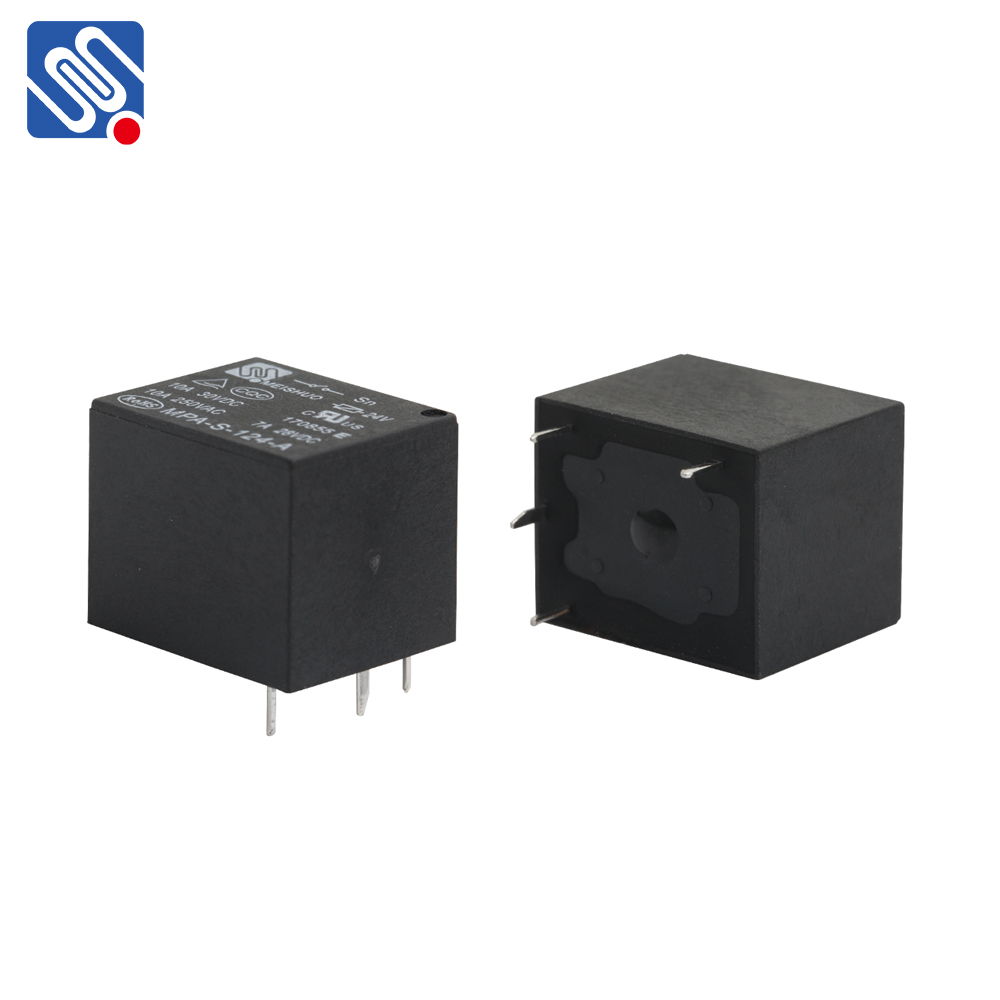Relay circuits are fundamental components in modern electronics, widely used to control high-power devices with low-power signals. Their applications range from home appliances to industrial automation, making them essential in electrical systems. This article explores the key concepts, design considerations, and practical uses of relay circuits.

Understanding Relay Circuits A relay is an electrically operated switch that allows a small current to control a larger current. It consists of a coil, contacts, and an electromagnet. When the coil is energized, it creates a magnetic field that moves the contacts, thereby controlling the flow of current in another part of the circuit. The relay typically functions as an intermediary, enabling a low-power signal to trigger a high-power load. Relays are classified into various types, including electromagnetic relays, solid-state relays, and reed relays. Each type is suited for different applications based on their switching characteristics, speed, and durability.